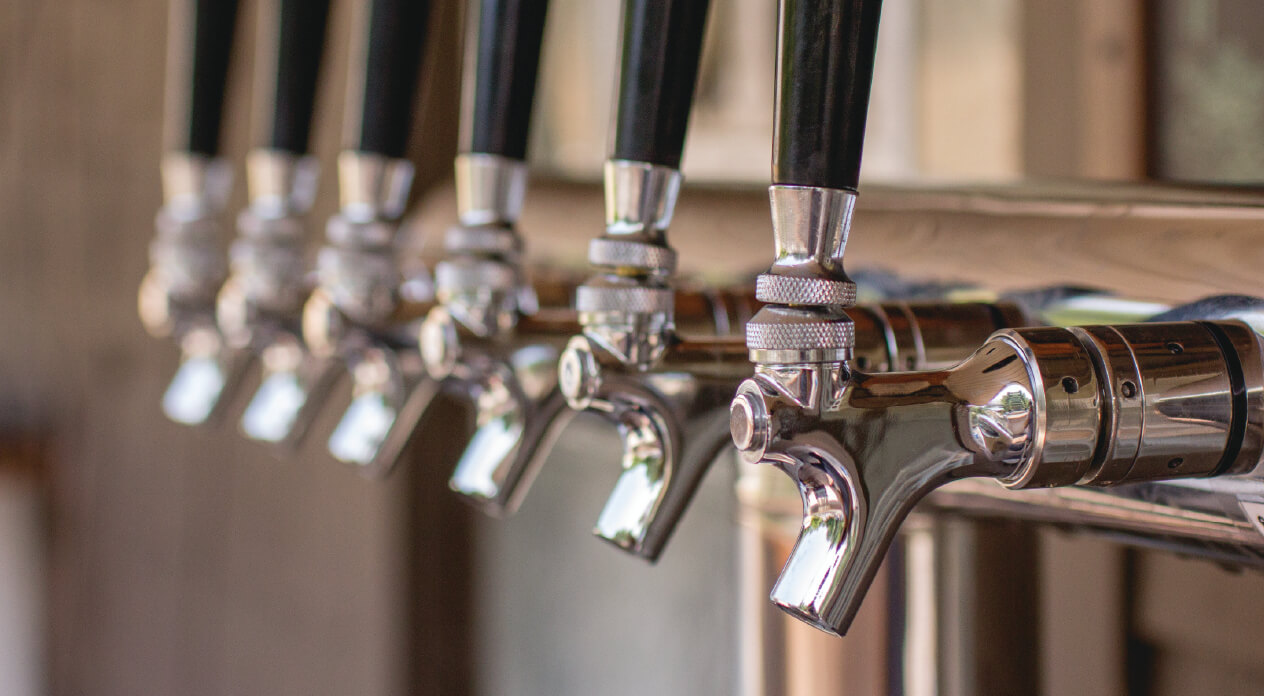

Articles
How Far Apart Should Kegerator Spigots Be
Modified: October 18, 2024
Want to know the ideal spacing between kegerator spigots? Check out our informative articles for expert advice and insights.
(Many of the links in this article redirect to a specific reviewed product. Your purchase of these products through affiliate links helps to generate commission for Storables.com, at no extra cost. Learn more)
Introduction
When it comes to setting up a kegerator, one important consideration is the placement of the spigots. The spigots, also known as taps or faucets, are where you pour your favorite brew from. Getting the right spacing between spigots is crucial for ensuring ease of use and efficient dispensing. In this article, we will explore how far apart kegerator spigots should be placed and the factors to consider when determining the optimal spacing.
Having properly spaced kegerator spigots not only improves the functionality of your kegerator but also enhances the overall experience of serving and enjoying your draft beer. Whether you are setting up a kegerator at home or in a commercial establishment, understanding the considerations involved in spigot placement will help you make informed decisions and avoid potential issues down the line.
So, let’s dive in and explore the world of kegerator spigots and how to get the spacing just right!
Key Takeaways:
- Properly spaced kegerator spigots enhance beer-serving experience by prioritizing ease of use, accommodating different pouring speeds, and contributing to a visually appealing setup.
- Adjusting spigot placement is a dynamic process that involves trial and error, prioritizing functionality, ease of use, and user feedback for an optimal beer-serving setup.
Read more: How Far Apart Should Bookshelves Be
Understanding Kegerator Spigots
Kegerator spigots, often referred to as taps or faucets, are the essential components responsible for dispensing the delicious golden nectar into your glass. These spigots are attached to the keg and controlled by a handle, allowing you to control the flow of beer. They come in various styles and designs, but the basic function remains the same.
When it comes to kegerator spigots, there are two main types: single-spout and multi-spout. Single-spout spigots have one faucet attached to a single keg, while multi-spout spigots can accommodate multiple kegs, with each keg having its dedicated faucet. The choice between single-spout and multi-spout spigots depends on your specific needs and the number of kegs you plan to have in your kegerator.
Spigots are typically made from high-quality materials such as stainless steel or brass, ensuring durability and resistance to corrosion. They often feature a lever-style handle that is easy to operate, allowing you to effortlessly pour your beer with a simple push or pull motion. Some spigots also come with additional features like flow control, which enables you to adjust the speed of the beer flow to achieve the perfect pour.
Properly understanding the anatomy and functionality of kegerator spigots is fundamental to determining their optimal spacing. The spacing between spigots can significantly impact the functionality and convenience of your kegerator setup, making it essential to consider certain factors before finalizing their placement.
Factors to Consider
When deciding on the spacing between kegerator spigots, there are several factors to take into consideration. These factors will help ensure that the spigots are placed optimally, allowing for easy access, efficient dispensing, and a seamless beer-serving experience. Here are some important factors to consider:
- Keg Size and Quantity: The size and number of kegs you plan to have in your kegerator will influence the spacing between the spigots. If you have multiple kegs, you’ll need to ensure there is enough space between the spigots to comfortably fit the kegs and access each one without any obstructions.
- Glass Size: Consider the size of the glasses or vessels you’ll be using to serve your beer. A larger glass may require more space between spigots to allow room for proper pouring and minimal interference between taps.
- Ease of Use: The spacing between spigots should prioritize ease of use and accessibility. You want to ensure that the handles of the spigots are within easy reach, allowing for comfortable operation without straining or contorting your hand.
- Dispensing Speed: If you have different types of beers or beverages with varying levels of carbonation, you may need to consider spacing the spigots accordingly. Some beers require a slower pour to minimize excessive foam, while others can be poured more quickly. Adjusting the spacing between spigots can help accommodate different pouring speeds.
- Aesthetics: While functionality should take precedence, considering the overall aesthetics of your kegerator is also important. Evenly spaced spigots can contribute to a clean and visually appealing setup, enhancing the overall presentation of your beer dispensing area.
By taking these factors into account, you can determine the optimal spacing between kegerator spigots that best suits your needs and preferences. Remember, the goal is to create a well-organized and efficient setup that allows for effortless pouring and an enjoyable beer-drinking experience.
The ideal distance between kegerator spigots should be at least 3 inches to allow enough space for glasses or growlers to be filled without interference.
Optimal Spacing
When it comes to determining the optimal spacing between kegerator spigots, there is no one-size-fits-all answer. The ideal spacing will vary depending on the factors mentioned earlier, such as keg size, glass size, and ease of use. However, there are some general guidelines that can help you achieve the best spacing for your specific setup.
As a starting point, it is recommended to provide a minimum of 2-3 inches of space between each spigot. This allows for enough clearance to comfortably operate the handles and prevents interference between taps. However, if you have larger kegs or glasses, you may need to increase the spacing to ensure ample room for pouring.
Another important consideration is the height of the spigots. Ideally, the taps should be positioned at a height that allows for easy maneuvering of glasses without the need to tilt or angle them excessively. Placing the spigots too close together or at an awkward height can make pouring beer more challenging and result in excessive foam or spills.
Additionally, if you plan to have a multi-spout kegerator with multiple kegs, it’s essential to ensure that the spigots are evenly spaced. Uneven spacing can lead to an imbalanced overall setup and make it more difficult to access and serve from each keg.
It’s worth noting that these guidelines are not set in stone, and you may need to make adjustments based on your personal preferences and specific kegerator setup. Experimenting with different spacing options and considering the feedback from users can help you fine-tune the optimal placement for your kegerator spigots.
Remember, the goal is to achieve a spacing that allows for easy access, comfortable pouring, and a visually appealing setup. By taking into account the factors mentioned earlier and considering the specific needs of your kegerator, you can determine the ideal spacing between spigots that will optimize your beer-serving experience.
Adjusting Spigot Placement
If you find that the initial placement of your kegerator spigots is not providing the desired functionality or convenience, don’t fret. Adjusting the spigot placement is a relatively simple process that can greatly improve your beer-serving experience. Here are a few tips on how to adjust the spigot placement:
- Measure and Mark: Start by measuring and marking the desired spacing between the spigots. Use a tape measure or ruler to ensure accuracy and consistency. Make sure to take into consideration the factors mentioned earlier, such as keg size, glass size, and ease of use.
- Detach and Reattach: Most kegerator spigots can be easily detached and reattached to adjust their positioning. Use a wrench or appropriate tool to loosen and remove the existing spigots. Once removed, clean the area where the spigots were attached to ensure a clean surface for reattachment.
- Reposition and Secure: Place the spigots in the marked positions and align their orientation as desired. Use the provided hardware or tools to securely attach the spigots to the kegerator. Ensure that they are tightened properly but be careful not to overtighten as it can damage the kegerator or the spigots.
- Test and Evaluate: After adjusting the spigot placement, it’s crucial to test the functionality and assess if the new setup meets your requirements. Pour a few test beers and observe the pouring process. Pay attention to ease of use, clearance between taps, and overall ergonomics. Make any necessary adjustments if needed.
- Solicit Feedback: Don’t forget to seek feedback from those who will be using the kegerator. Whether it’s friends, family members, or customers in a commercial setting, their input can provide valuable insights on the placement of the spigots. Take their suggestions into consideration and make further adjustments if required.
Remember, adjusting the spigot placement is a dynamic process that may involve some trial and error. It’s important to prioritize functionality, ease of use, and user feedback when making these adjustments. With a little patience and experimentation, you can fine-tune the placement of your kegerator spigots to create an optimal beer-serving setup.
Read more: How Far Apart Should Cornhole Boards Be?
Conclusion
Setting up a kegerator with properly spaced spigots is essential for a seamless and enjoyable beer-serving experience. The placement of the spigots should take into consideration factors such as keg size, glass size, ease of use, dispensing speed, and aesthetics. By considering these factors and following some general guidelines, you can achieve optimal spacing between spigots.
Remember to measure and mark the desired spacing, detach and reattach the spigots as needed, and test the functionality of the new setup. Adjustments may be necessary to ensure that the spigots are positioned correctly and provide easy access and comfortable pouring. Seek feedback from users to fine-tune the placement and make any additional adjustments if required.
Creating an efficient and visually appealing kegerator setup can greatly enhance the experience of serving and enjoying draft beer. Properly spaced spigots not only facilitate easy pouring but also contribute to the aesthetics of the beer dispensing area.
So, whether you’re setting up a kegerator at home for personal use or in a commercial establishment, take the time to understand the factors involved in spigot placement. By considering the size and number of kegs, the size of glasses, ease of use, dispensing speed, and overall aesthetics, you can determine the optimal spacing between spigots that best suits your needs and preferences.
Don’t be afraid to make adjustments and experiment with different placements to find what works best for you. With a well-thought-out and properly spaced kegerator, you can enjoy the convenience of pouring fresh draft beer at home or provide an exceptional beer-drinking experience to your customers.
Frequently Asked Questions about How Far Apart Should Kegerator Spigots Be
Was this page helpful?
At Storables.com, we guarantee accurate and reliable information. Our content, validated by Expert Board Contributors, is crafted following stringent Editorial Policies. We're committed to providing you with well-researched, expert-backed insights for all your informational needs.
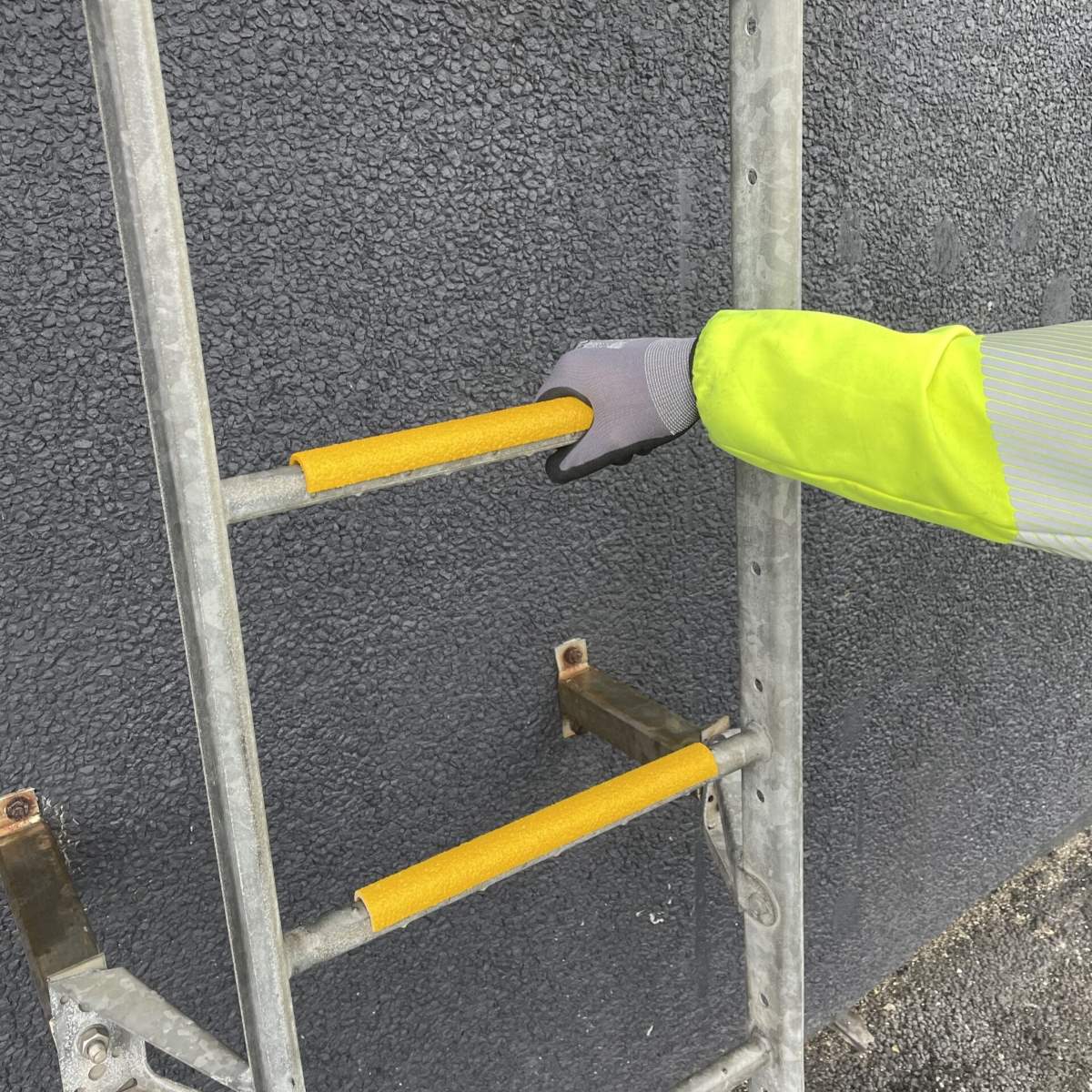




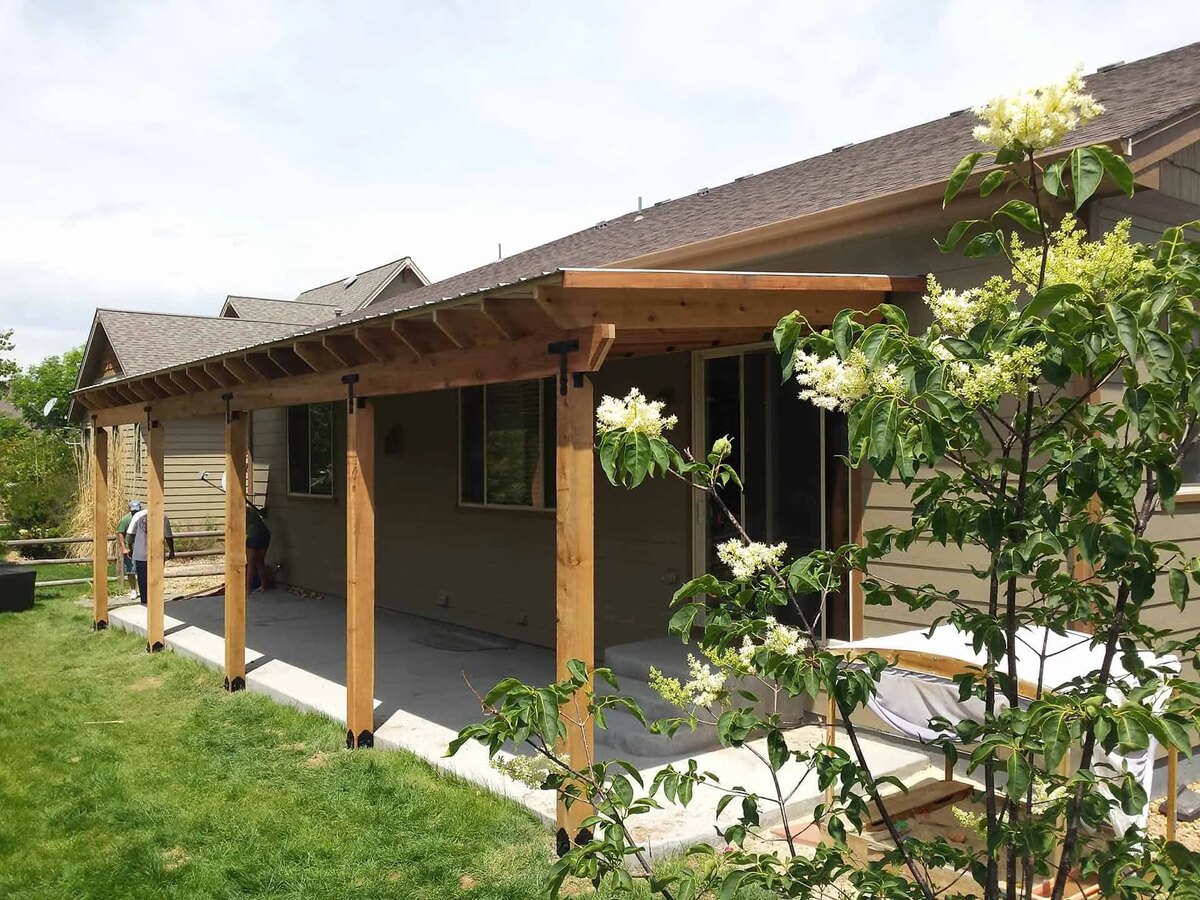
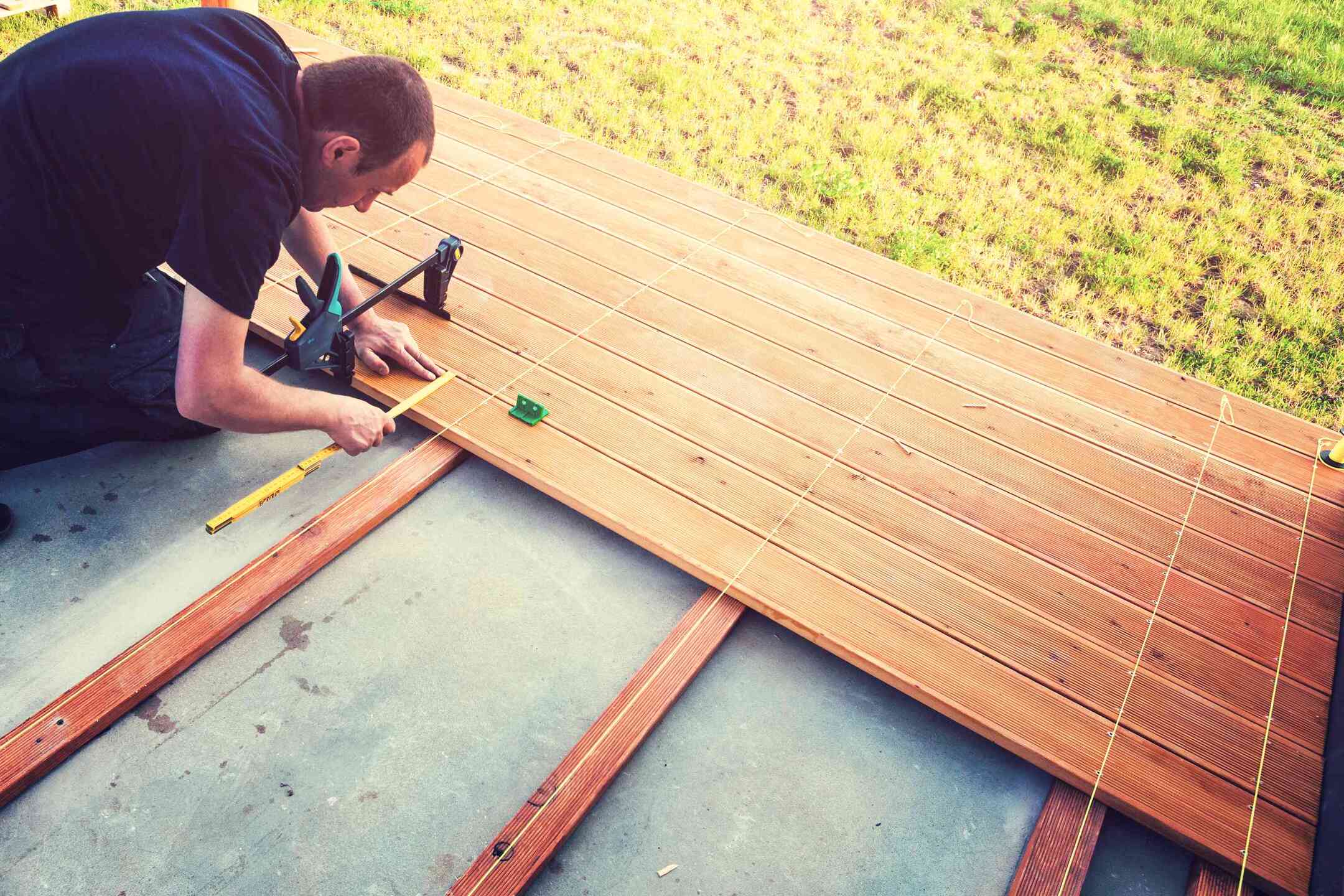
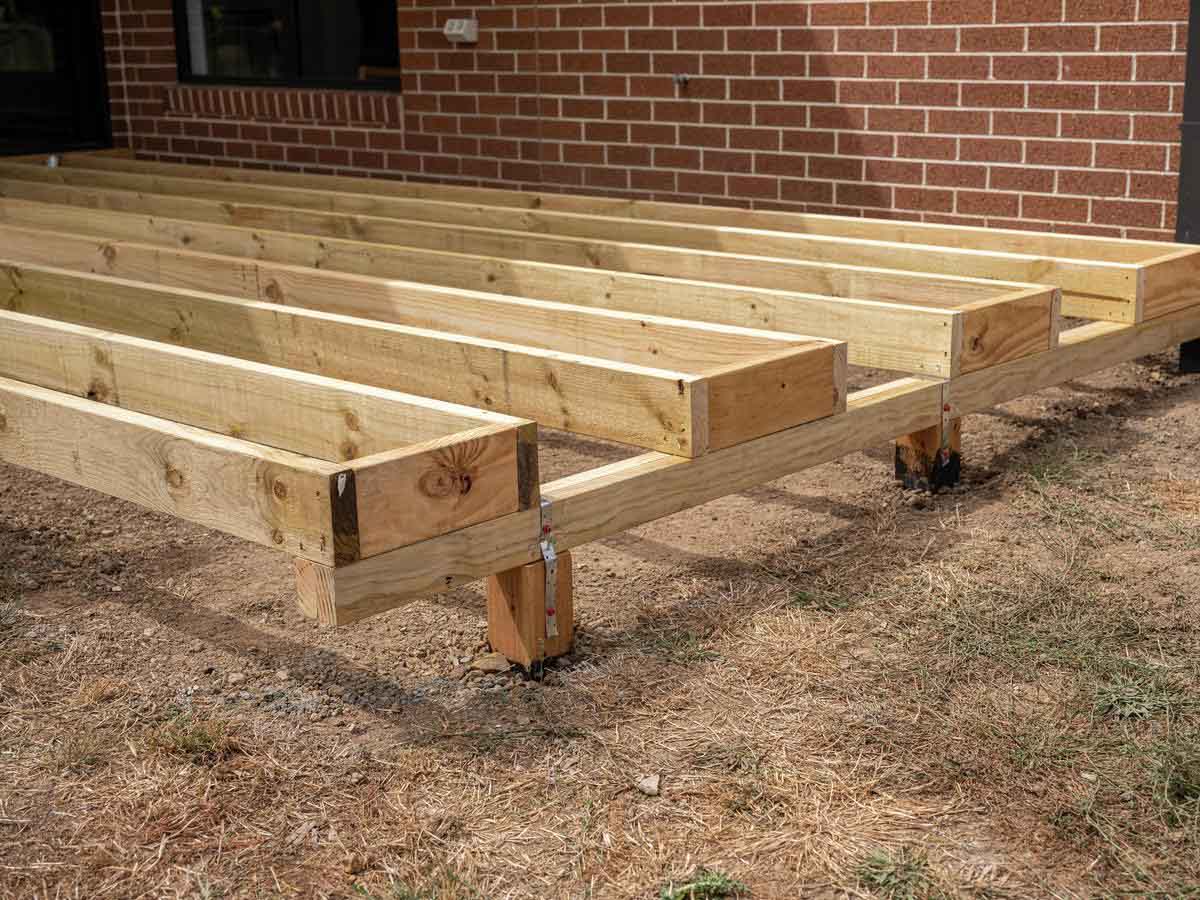
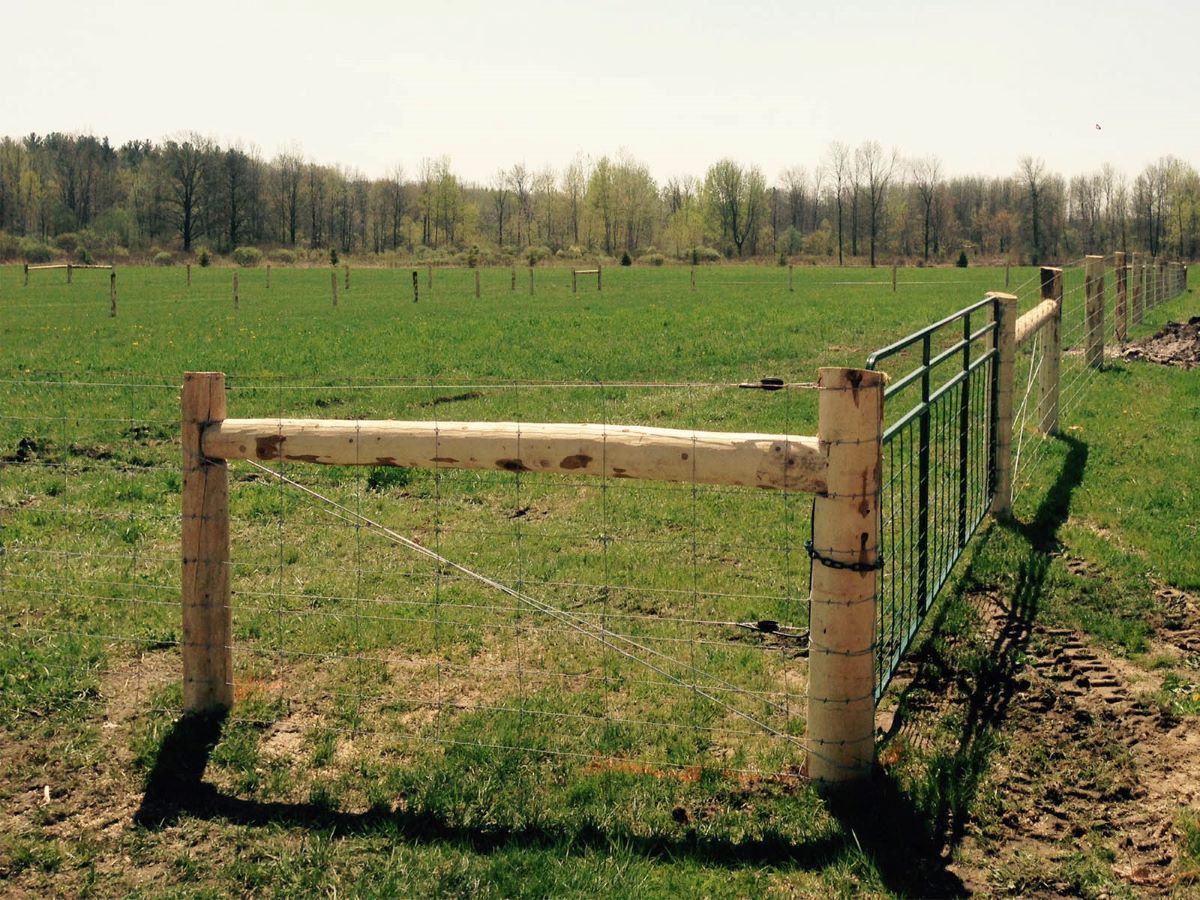

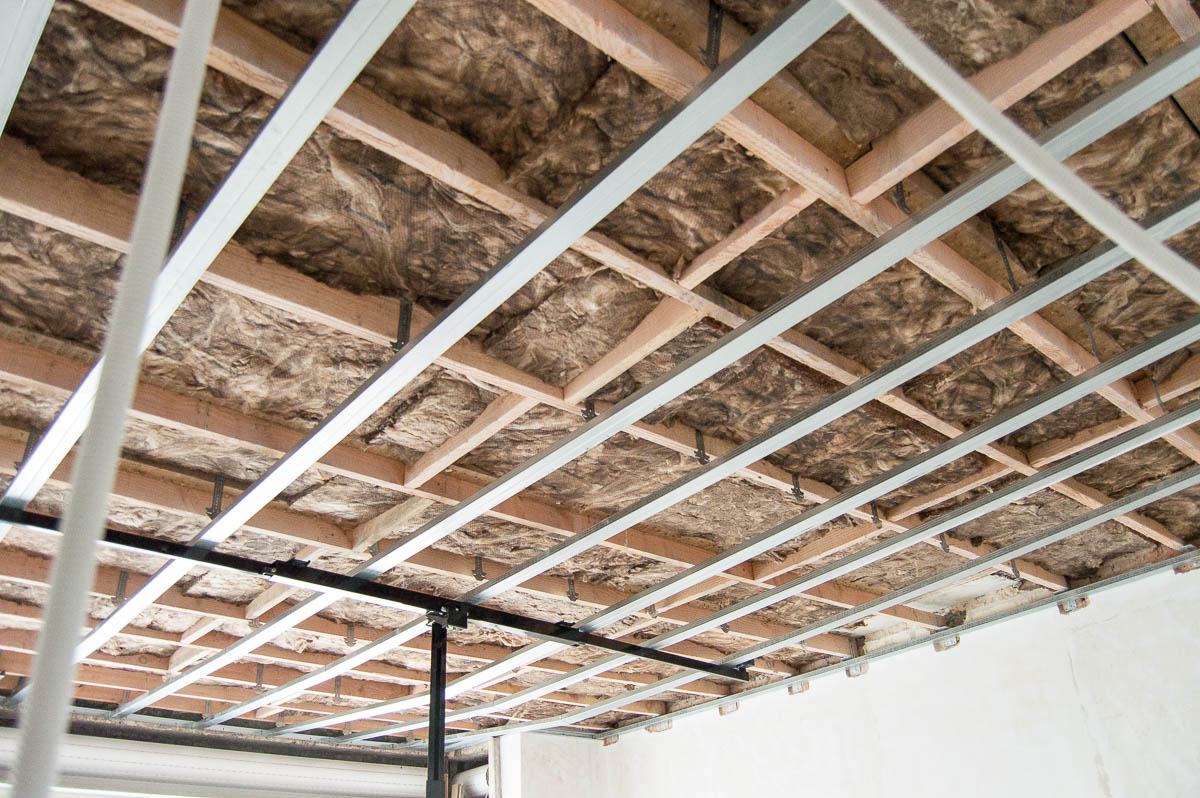
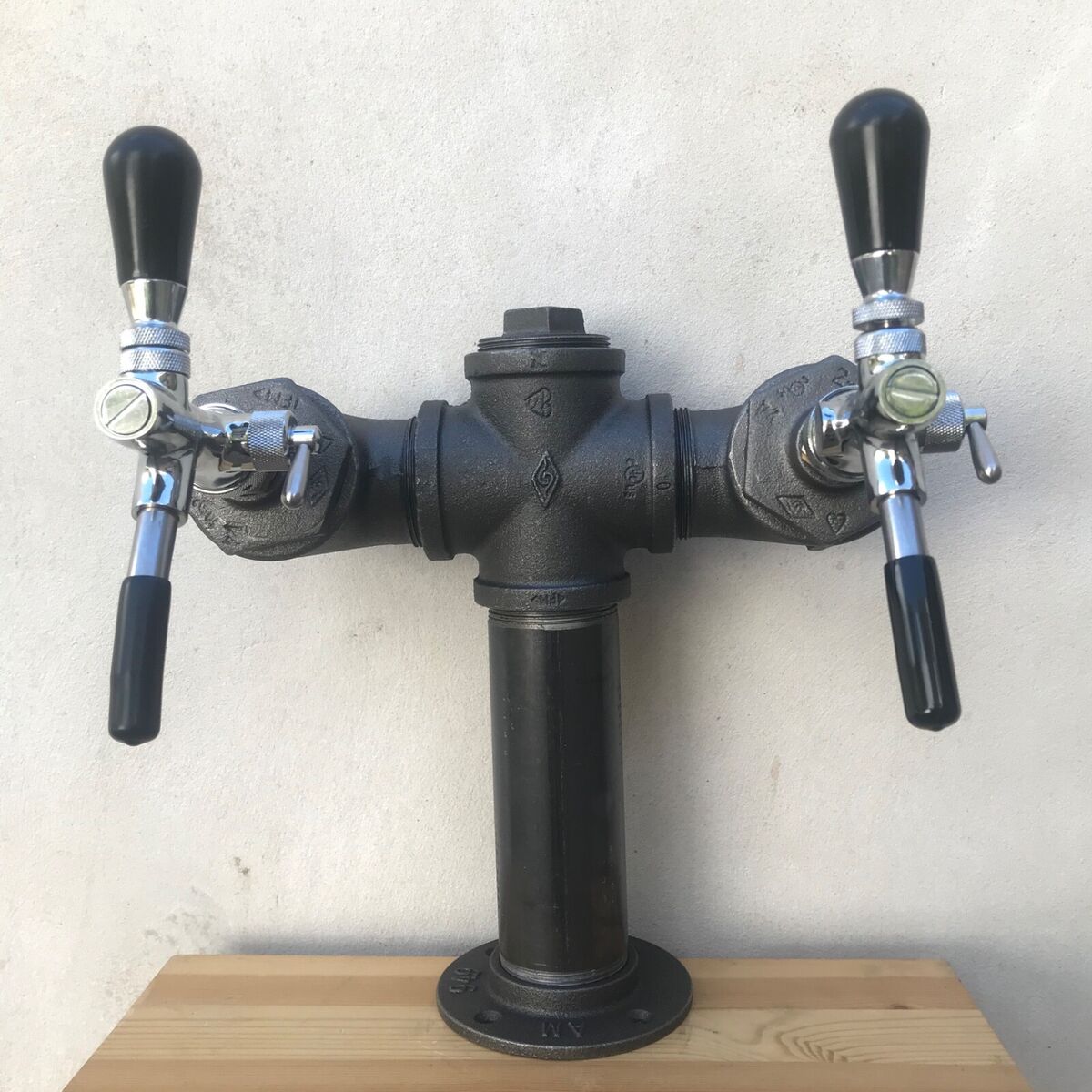
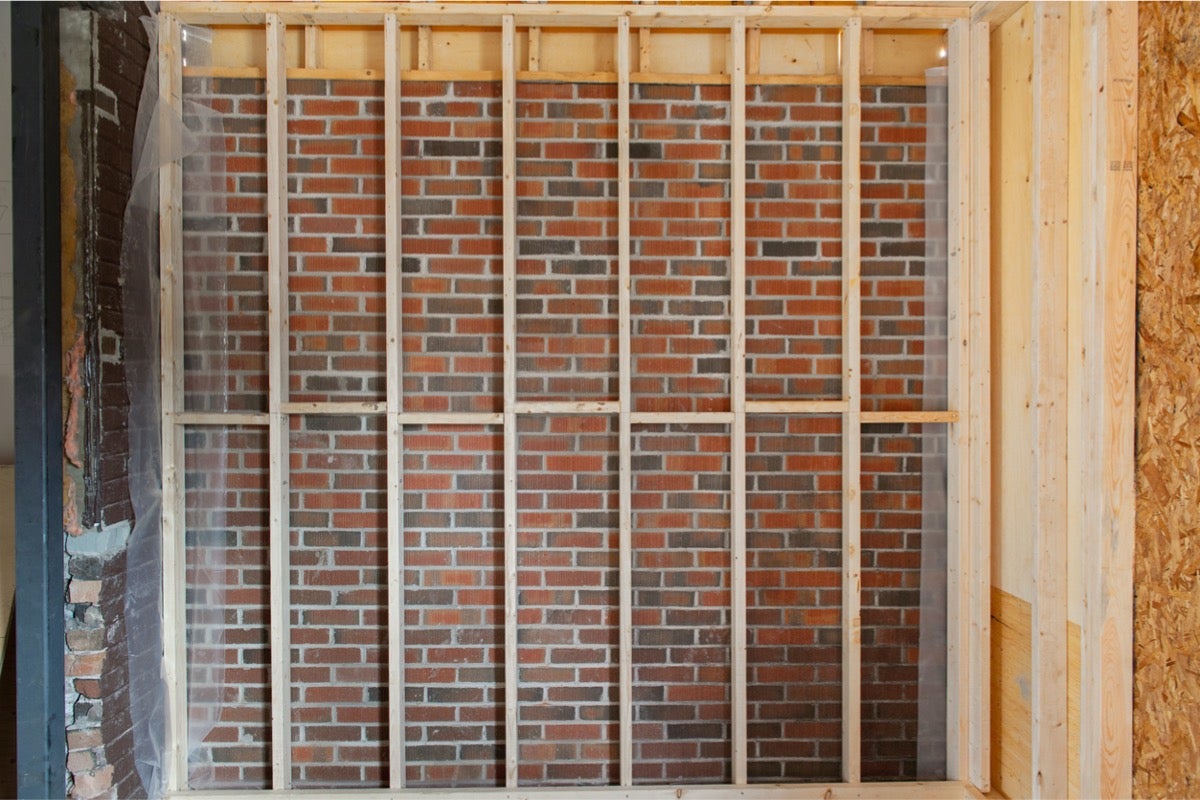


0 thoughts on “How Far Apart Should Kegerator Spigots Be”